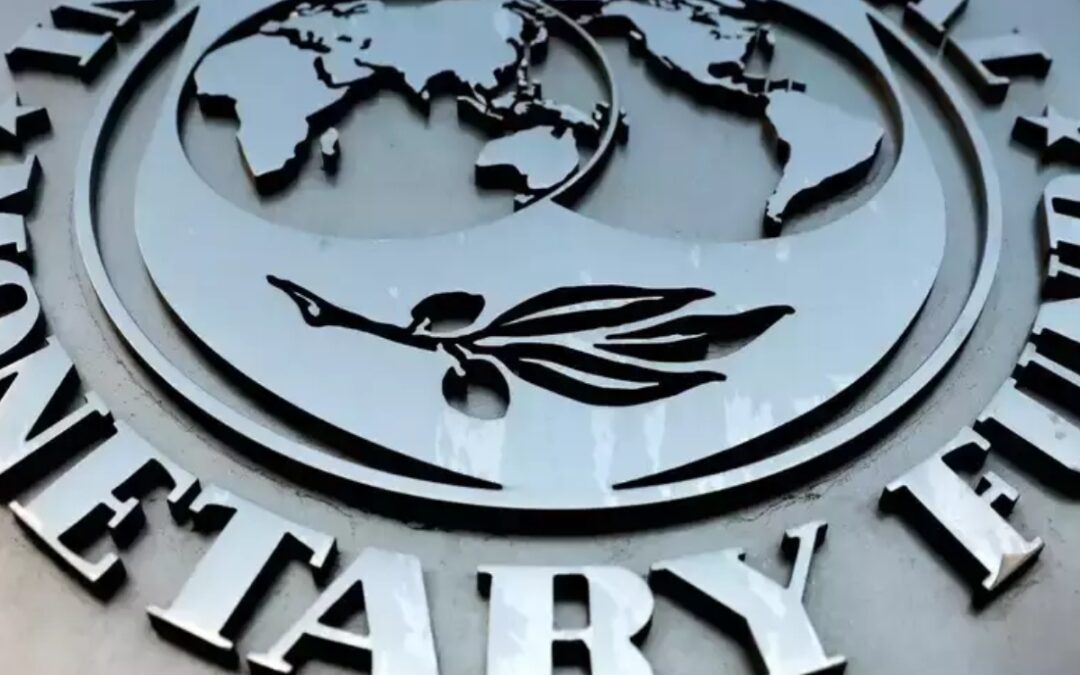India’s foreign exchange regime is under fire from the IMF. The RBI says the classification by the multilateral institutions to stable from floating is wrong. What would the reclassification to ‘stable’ from ‘floating’ mean for future RBI’s actions, an ET explainer
What does IMF mean
IMF has said that the Reserve Bank of India has followed a stable exchange by restricting volatility for the period December 2022 to October 2023 through its currency market interventions rather than letting the rupee’s get determined by market conditions which should ideally happen in a system given its stated exchange rate policy
What is RBI’s stated exchange rate policy…
Since March 1993, the Reserve Bank has adopted the market determined exchange rate regime. All foreign exchange receipts could now be converted at market determined exchange rates.
Its currency market intervention is guided by
The Reserve Bank has been intervening to curb volatility arising due to demand-supply mismatch in the domestic foreign exchange market. Sales in the foreign exchange market are generally guided by excess demand conditions that may arise due to several factors. Similarly, the Reserve Bank purchases dollars from the market when there is an excess supply pressure in market due to capital inflows. The nature and level of intervention ultimately determines the value of the rupee.
What is India’s defense
India’s stable currency is more driven by fundamentals like narrowing of the current account deficit and strong capital flows which the Reserve Bank used to build forex buffers. Also, market analysts highlight a need to look at the issue holistically because the period from early 2022 has been exceptional due to geopolitical tension in Europe and the a surge in dollar index which warranted such an action by the central bank.
How would a stable exchange rates impact markets
A stable exchange rate regime would imply that the Reserve Bank will have to help to maintain a stable currency even if the flows are volatile which would mean excessive dollar purchase when flows are strong and conversely sell more when there are outflows. Its impact for the real economy would be that imports would be expensive and exports cheaper which may not be in alignment with the global market conditions.
Will it come in the way of monetary policy conduct
In a stable exchange rate regime, for a country like India, the export competitiveness could be hit because the unit value of export would be lower. This is one of the reasons why RBI governor Shaktikanta Das said the
Though import prices may not be impacted much. But there could be an impact on the capital flows which fund the current account in the balance of payments. This is because the returns for the foreign investor would not be attractive as they may not see much appreciation in returns in stable rate regime.
Does IMF view really matter to RBI’s forex policy framework?
IMF view is not a binding for the government or the Reserve Bank as there is no transactional relation with the multilateral body and hence there are no conditions that India needs to adhere to.










